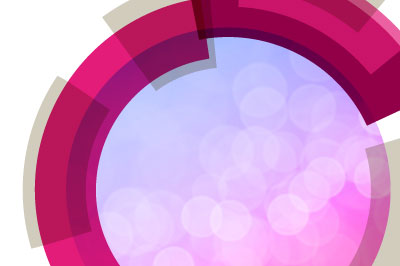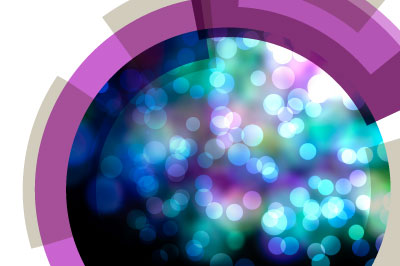Following the RSC’s 2014 theme of ‘Chemistry and Art’, the Mid Wales Local Section presents the following lecture which is being hosted by the Aberystwyth University School of Art in the Edward Davies building. This building, now Grade II listed, was the first purpose-built chemical laboratory in a British university. Opened in 1907, it remained a functioning Chemistry Department until 1988 and it was formally reopened as the university’s School of Art in 1995.
- - - - - - - - - - - - -
Thursday 27th November 2014 at 5.30 p.m. with tea/coffee available from 5.00 p.m.
- - - - - - - - - - - - -
Chemistry and Art : William Morris’s Printed Fabrics
Dr Brian H Davies CChem FRSC
William Morris rebelled against the mechanisation of commercial manufacture, and determined that his designs for patterned fabric should be block-printed by hand. His facilities in Queen Square, Bloomsbury, were limited, so he subcontracted to others, but found they were unable to match his expectations, particularly in resurrecting traditional dyeing with indigo, which he regarded as “the only real blue dye”. His move to larger premises at Merton Abbey, Surrey, in 1881, and careful study of the works of the French dyer-chemists such as Hellot, Macquer and Persoz, provided the solution. He not only perfected dyeing with indigo, but also ‘indigo discharge’. This second procedure involved printing an acidic paste onto indigo-dyed cotton, which was pretreated with potassium dichromate, to bleach the indigo according to the required pattern. By controlling the acidity, white areas could be printed by ‘full discharge’ while ‘half discharge’ would yield a lighter blue. Although Morris admired “the indefatigable genius of scientific chemists” at that time, he was averse to their new synthetic organic dyes, which he regarded as “one of the most useless of the inventions of modern chemistry”. He preferred natural dyes such as red madder and yellow weld, as used in medieval times, and worked to devise procedures for adding these to his indigo-patterned cloth. This was done either by printing with mordant and then dyeing, or by printing with mordant and dye together. This is how Morris created his own rich palette of colours as used to such good effect on cotton for the well-known ‘Evenlode’ and ‘Strawberry Thief’ designs.
- - - - - - - - - - - - -
Location shown at :
http://www.aber.ac.uk/en/maps-travel/maps/academic-departments/school-of-art
- - - - - - - - - - - - -
Thursday 27th November 2014 at 5.30 p.m. with tea/coffee available from 5.00 p.m.
- - - - - - - - - - - - -
Chemistry and Art : William Morris’s Printed Fabrics
Dr Brian H Davies CChem FRSC
William Morris rebelled against the mechanisation of commercial manufacture, and determined that his designs for patterned fabric should be block-printed by hand. His facilities in Queen Square, Bloomsbury, were limited, so he subcontracted to others, but found they were unable to match his expectations, particularly in resurrecting traditional dyeing with indigo, which he regarded as “the only real blue dye”. His move to larger premises at Merton Abbey, Surrey, in 1881, and careful study of the works of the French dyer-chemists such as Hellot, Macquer and Persoz, provided the solution. He not only perfected dyeing with indigo, but also ‘indigo discharge’. This second procedure involved printing an acidic paste onto indigo-dyed cotton, which was pretreated with potassium dichromate, to bleach the indigo according to the required pattern. By controlling the acidity, white areas could be printed by ‘full discharge’ while ‘half discharge’ would yield a lighter blue. Although Morris admired “the indefatigable genius of scientific chemists” at that time, he was averse to their new synthetic organic dyes, which he regarded as “one of the most useless of the inventions of modern chemistry”. He preferred natural dyes such as red madder and yellow weld, as used in medieval times, and worked to devise procedures for adding these to his indigo-patterned cloth. This was done either by printing with mordant and then dyeing, or by printing with mordant and dye together. This is how Morris created his own rich palette of colours as used to such good effect on cotton for the well-known ‘Evenlode’ and ‘Strawberry Thief’ designs.
- - - - - - - - - - - - -
Location shown at :
http://www.aber.ac.uk/en/maps-travel/maps/academic-departments/school-of-art








